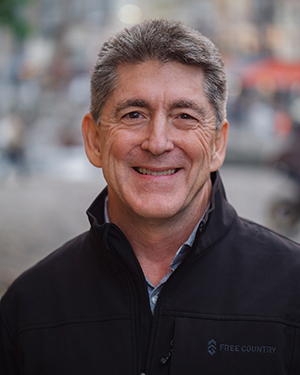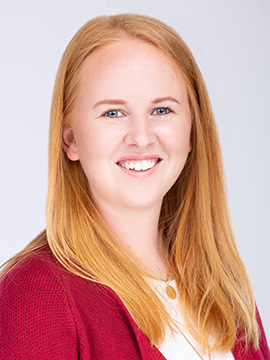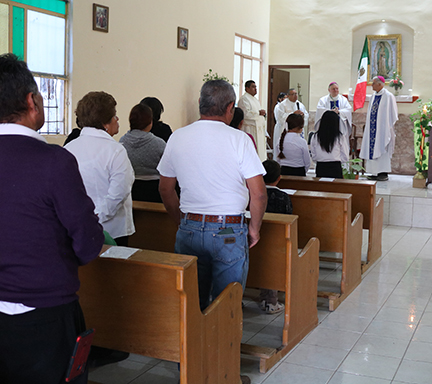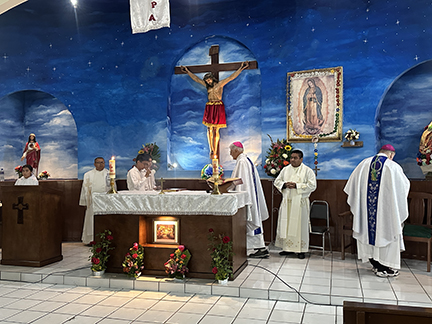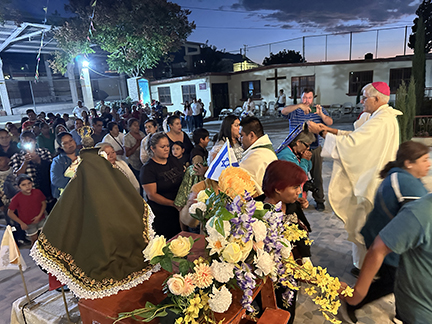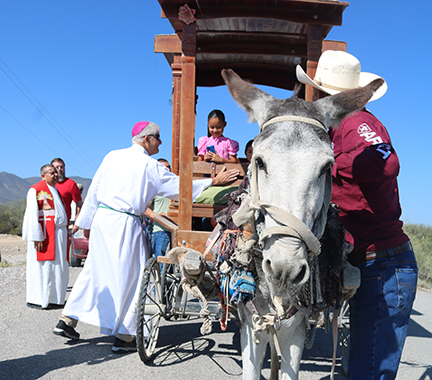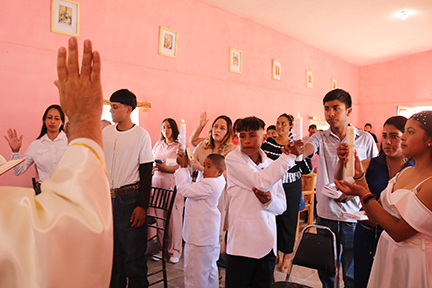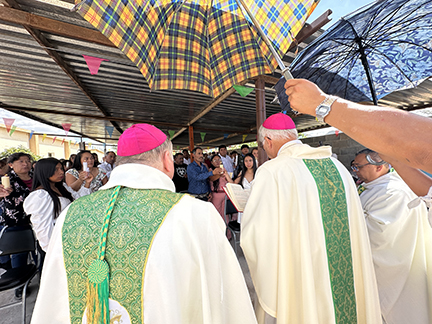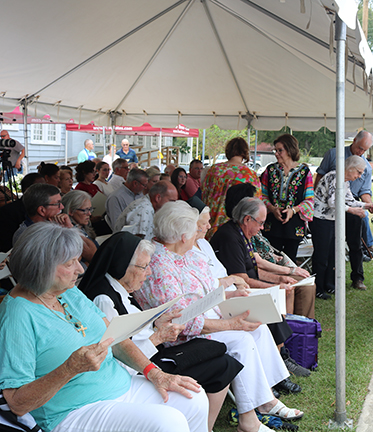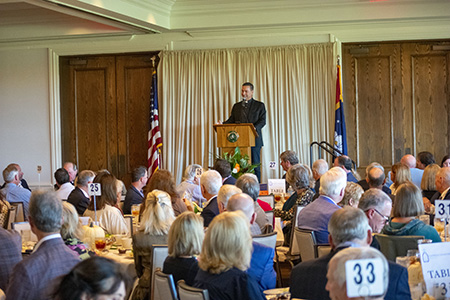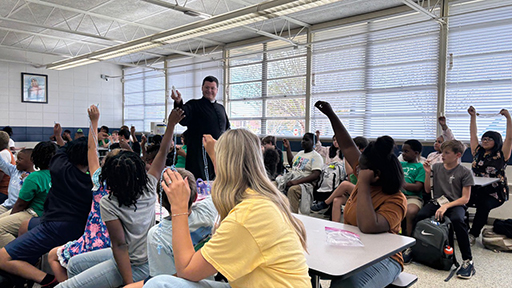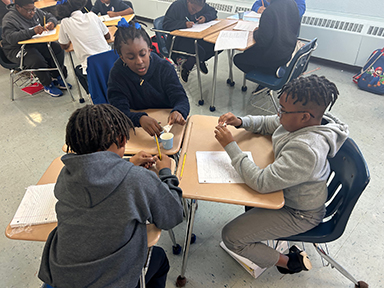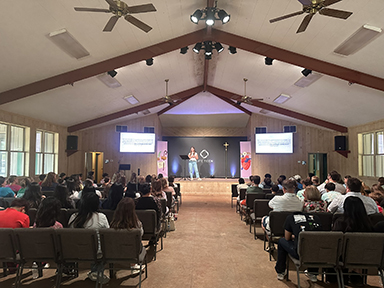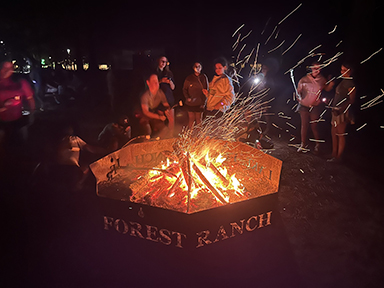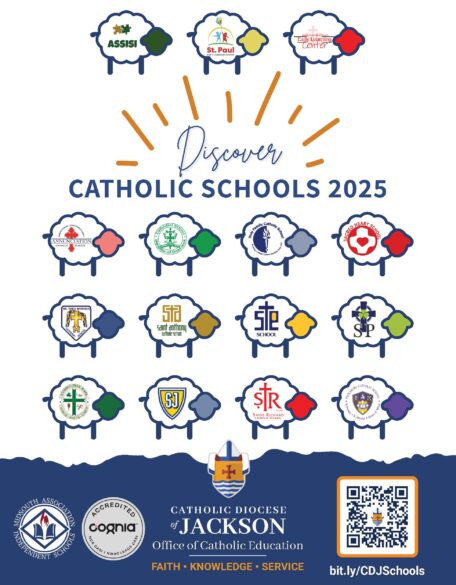(OSV News) — The Mexican bishops’ conference has condemned the murder of a mayor, who was assassinated after pleading for federal assistance in combating drug cartels — which extort avocado growers in his municipality in western Michoacán state.
Carlos Manzo, the mayor of Uruapan, was shot dead at a candlelighting ceremony for Day of the Dead on Nov. 1. Manzo was shot seven times, according to Mexico’s public security secretary, Omar García Harfuch, while photos from the event in the town square showed him holding his young son in his arms. Two suspects were arrested in the case, García Harfuch added.
Manzo’s slaying “adds to a series of murders of people who have dared to speak out and confront the absence of the rule of law in their communities, businesses and other spaces. Today, it is no longer enough to apprehend the killer: We must resolutely combat the root causes of all these murders,” the bishops’ conference said in a Nov. 2 statement.
“The ordinary presence of armed groups, which control the public life of citizens in various regions of the country, is the real crime to be faced: the roadblocks, the dispossession of lands, the constant threats to producers, merchants and rulers reflect a serious weakening of the constitutional order that the governments at the municipal, state and federal levels, are obligated to guarantee.”
The brazen murder sparked outrage in Mexico, where drug cartel violence has plagued swaths of the country for nearly two decades. The violence has especially plagued Michoacán, which has a long history of marijuana growing. But analysts say that now criminal groups now extort the growers of avocados and limes, illegally log forests and import chemical precursors for synthetic drugs through the port of Lázaro Cárdenas.
A priest in Michoacán described a desperate situation in the state with criminal groups colluding with politicians and fighting each other to control lucrative crime territories.
“The people are saying, ‘Enough, padre,” the priest, who ministers in a conflictive part of Michoacán, told OSV News. The priest, who previously lent spiritual support to self-defense groups that formed to fight drug cartels in 2013, asked for anonymity to speak candidly. “Believe me: We’re just a minute, a moment away from Michoacán burning,” the priest said.
Manzo became known for accompanying police as they patrolled Uruapan. He spoke out against organized crime and urged President Claudia Sheinbaum to take action.
“This country has already slipped out of the president’s control,” Manzo told Mexican media outlet Latinus. “The country is slipping away from us. Crime has become part of the landscape. … We are facing crime alone. There is no strategy, there is no state.”
Confronting criminal groups can be perilous. Bernardo Bravo, head of a citrus growers’ association in the city of Apatzingán, was recently found murdered after he organized a protest by citrus growers tired of paying extortion.
“These crimes wound Mexican society and demand an immediate and coordinated response from the authorities to rebuild peace in Michoacán,” said a Nov. 2 statement from the National Dialogue for Peace, an initiative to pacify Mexico, sponsored by the bishops’ conference, the Jesuits and the Conference of Religious Superiors of Mexico.
Sheinbaum condemned the killing of Manzo, who previously served in Congress as a member of her ruling Morena party and won the mayor’s office as an independent. She drew controversy on Nov. 3, however, for saying at her morning press conference that violence in Michoacán originated with former President Felipe Calderón — who she insisted stole the 2006 election and started cracking down on drug cartels in Michoacán to “legitimize” his win.
“And we have always said it is about addressing the causes and zero impunity, intelligence, investigation and prosecutions,” Sheinbaum said.
Calderón’s crackdown on drug cartels shortly followed his taking office in December 2006. It was preceded by a drug cartel known as La Familia Michoacana bursting into a bar in Uruapan and tossing five human heads onto a dance floor.
Manzo’s murder captured international attention and came as U.S. pressure on Mexico to stop the flow of drugs like fentanyl has mounted.
“The U.S. stands ready to deepen security cooperation with Mexico to wipe out organized crime on both sides of the border,” Christopher Landau, deputy secretary of state, said on X. “May his soul rest in peace and may his memory inspire prompt and effective action.”
(David Agren writes for OSV News from Buenos Aires.)

